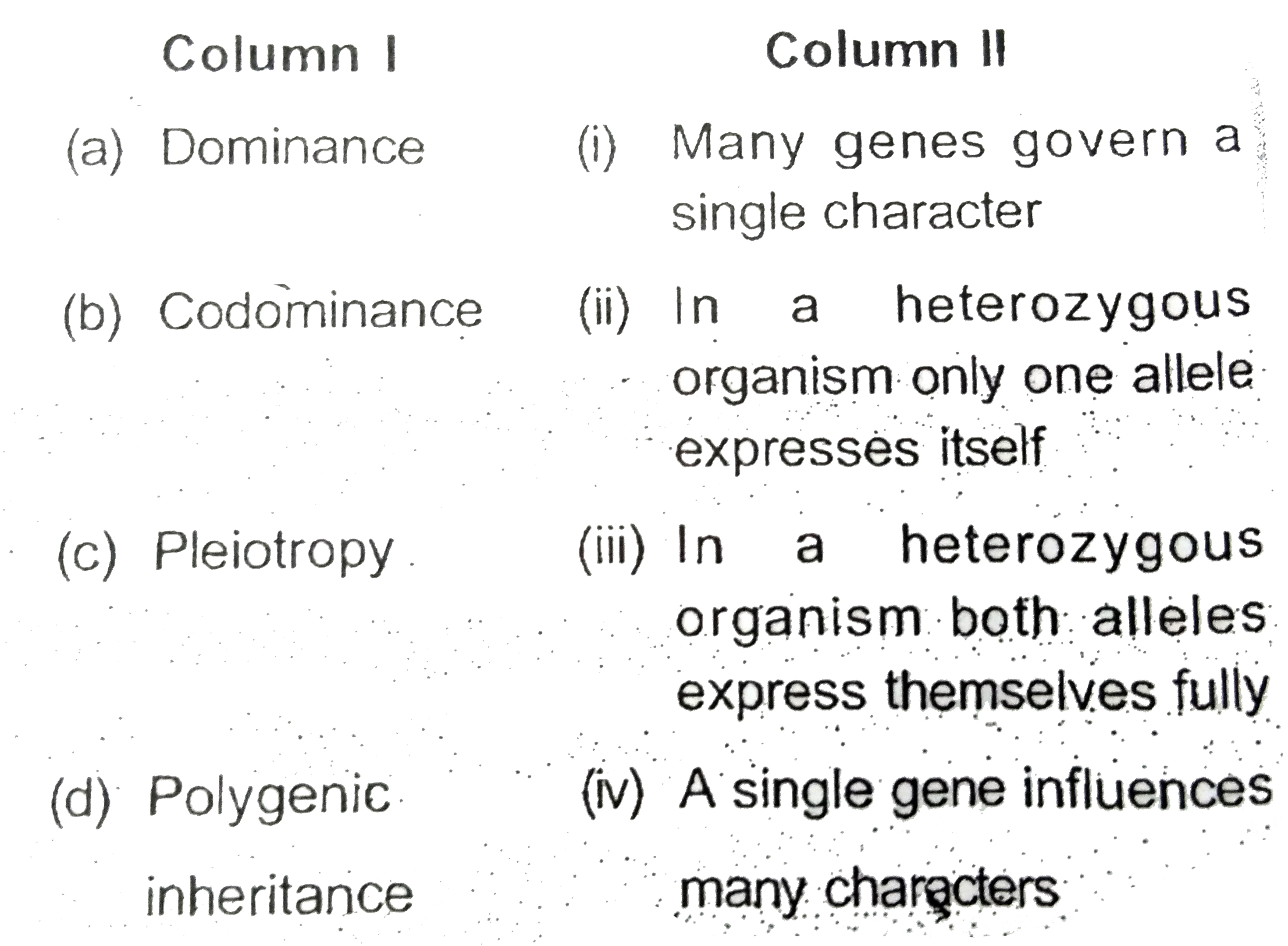Match the following terms in Column-I with their descriptions by writing the appropriate letters from Column-II.
Column-I
A) A molecule used to carry foreign
B) A rapid way to amplify DNA
C) A way to separate DNA fragments
D) Molecular scissors
E) A gene sequence from more than one origin
Column - II
I) Restriction enzymes genes into bacteria
II) Recombinant DNA in the laboratory
III) PCR based on their size
IV) Vector
V) Gel electrophoresis
ABCDEIVIIIVIII
ABCDEVIIIIIIIV
ABCDEVIIIIIIIV
ABCDEIIVIVIIII
The correct Answer is:A
To match the terms in Column-I with their descriptions in Column-II, we can analyze each term and find the corresponding description step by step.
1. Term A: A molecule used to carry foreign DNA
- The appropriate description is IV) Vector. A vector is a DNA molecule that can carry foreign DNA into a host cell.
2. Term B: A rapid way to amplify DNA
- The appropriate description is II) PCR (Polymerase Chain Reaction). PCR is a technique used to rapidly replicate or amplify a specific segment of DNA.
3. Term C: A way to separate DNA fragments
- The appropriate description is V) Gel electrophoresis. Gel electrophoresis is a method used to separate DNA fragments based on their size.
4. Term D: Molecular scissors
- The appropriate description is I) Restriction enzymes. Restriction enzymes are proteins that act as molecular scissors to cut DNA at specific sequences.
5. Term E: A gene sequence from more than one origin
- The appropriate description is III) Recombinant DNA in the laboratory. Recombinant DNA is formed by combining DNA from different sources, thus having sequences from more than one origin.
Final Matching:
- A) IV) Vector
- B) II) PCR
- C) V) Gel electrophoresis
- D) I) Restriction enzymes
- E) III) Recombinant DNA in the laboratory
- The appropriate description is IV) Vector. A vector is a DNA molecule that can carry foreign DNA into a host cell.
- The appropriate description is II) PCR (Polymerase Chain Reaction). PCR is a technique used to rapidly replicate or amplify a specific segment of DNA.
- The appropriate description is V) Gel electrophoresis. Gel electrophoresis is a method used to separate DNA fragments based on their size.
- The appropriate description is I) Restriction enzymes. Restriction enzymes are proteins that act as molecular scissors to cut DNA at specific sequences.
- The appropriate description is III) Recombinant DNA in the laboratory. Recombinant DNA is formed by combining DNA from different sources, thus having sequences from more than one origin.
- A) IV) Vector
- B) II) PCR
- C) V) Gel electrophoresis
- D) I) Restriction enzymes
- E) III) Recombinant DNA in the laboratory
Topper's Solved these Questions
- PRINCIPLES AND PROCESSES BOOK - AAKASH SERIESCHAPTER - PRINCIPLES AND PROCESSES EXERCISE - Exercise -II
59 Videos
- PRINCIPLES AND PROCESSES BOOK - AAKASH SERIESCHAPTER - PRINCIPLES AND PROCESSES EXERCISE - Exercise - III (Previous AIPMT/NEET Questions)
26 Videos
- PRINCIPLES AND PROCESSES BOOK - AAKASH SERIESCHAPTER - PRINCIPLES AND PROCESSES EXERCISE - Exercise - III (Previous AIPMT/NEET Questions)
26 Videos
- PLANT GROWTH AND DEVELOPMENT BOOK - AAKASH SERIESCHAPTER - PLANT GROWTH AND DEVELOPMENT EXERCISE - EXERCISE -III (PREVIOUS AIPMT/NEET QUESTIONS)
27 Videos
- PRINCIPLES OF INHERITANCE AND VARIATIONBOOK - AAKASH SERIESCHAPTER - PRINCIPLES OF INHERITANCE AND VARIATIONEXERCISE - EXERCISE -III (Previous AIPMT /NEET Questions)
37 Videos
Similar Questions
Knowledge Check
Match the Column I and Column II.,B
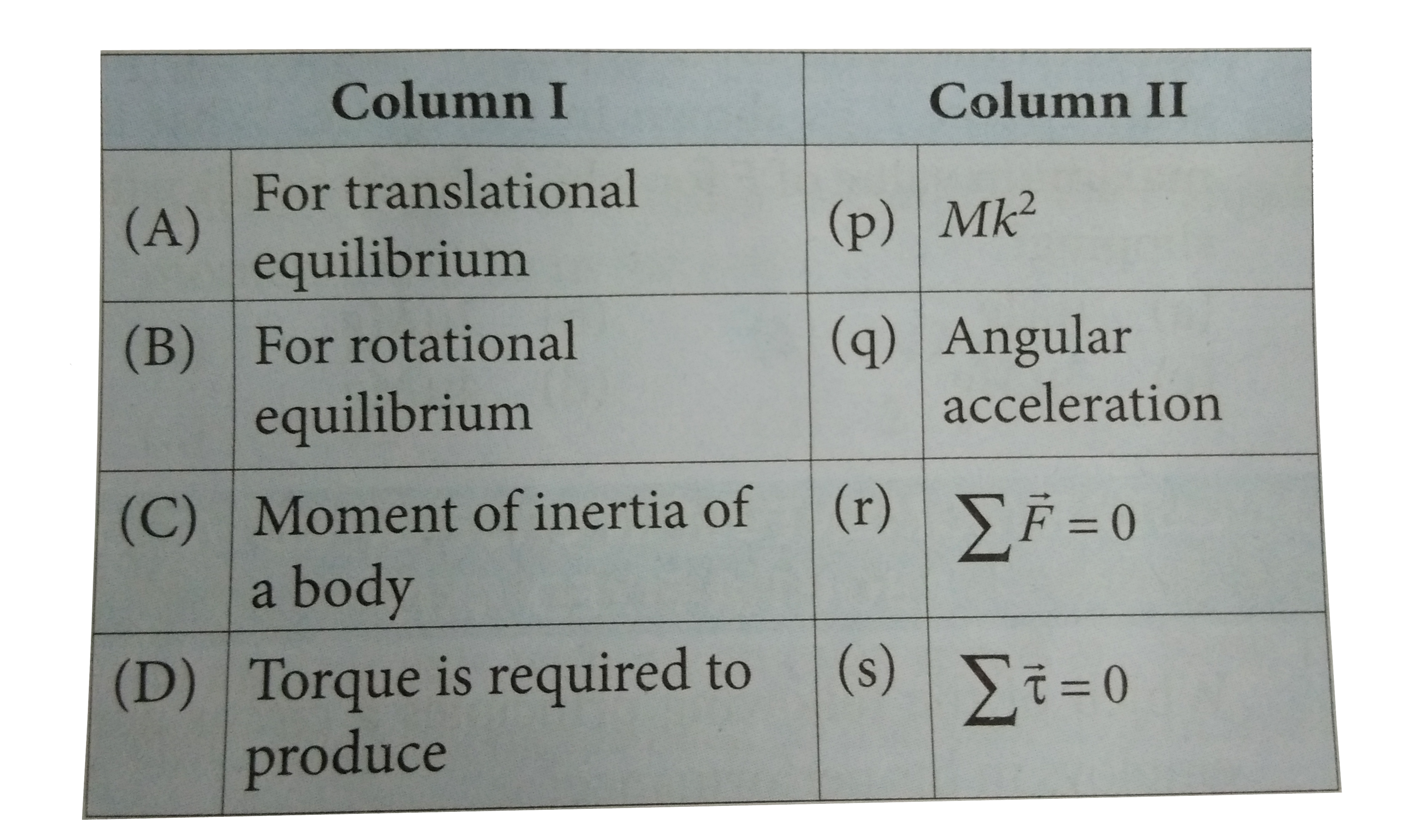 AA-p, B-q, C-r, D-sBA-q, B-r, C-s. D-pCA-r, B-q, C-p, D-pDA-r, B-s, C-p, D-q
AA-p, B-q, C-r, D-sBA-q, B-r, C-s. D-pCA-r, B-q, C-p, D-pDA-r, B-s, C-p, D-qMatch the Column I and Column II:
 A1. i 2. ii 3. iii 4. ivB1. i 2. ii 3. iii 4. ivC1. i 2. ii 3. iii 4. ivD1. i 2. ii 3. iii 4. iv
A1. i 2. ii 3. iii 4. ivB1. i 2. ii 3. iii 4. ivC1. i 2. ii 3. iii 4. ivD1. i 2. ii 3. iii 4. ivMatch the Column I and Column II:
 A1. i. 2. ii 3. iii 4. ivB1. i 2. ii 3. iii 4. ivC1. i2. ii 3. iii 4. ivD1. i 2. ii 3. iii 4. iv
A1. i. 2. ii 3. iii 4. ivB1. i 2. ii 3. iii 4. ivC1. i2. ii 3. iii 4. ivD1. i 2. ii 3. iii 4. iv
Match the terms in column I with their description in column II and choose the correct option.
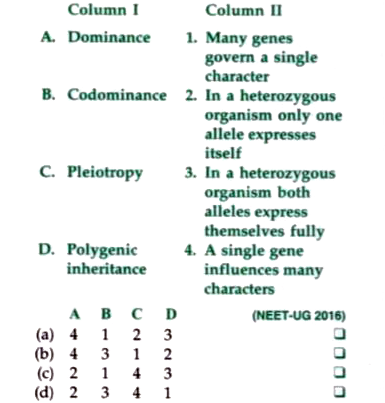
View SolutionMatch the statement in Column I to the appropriate statement(s) from Column II.
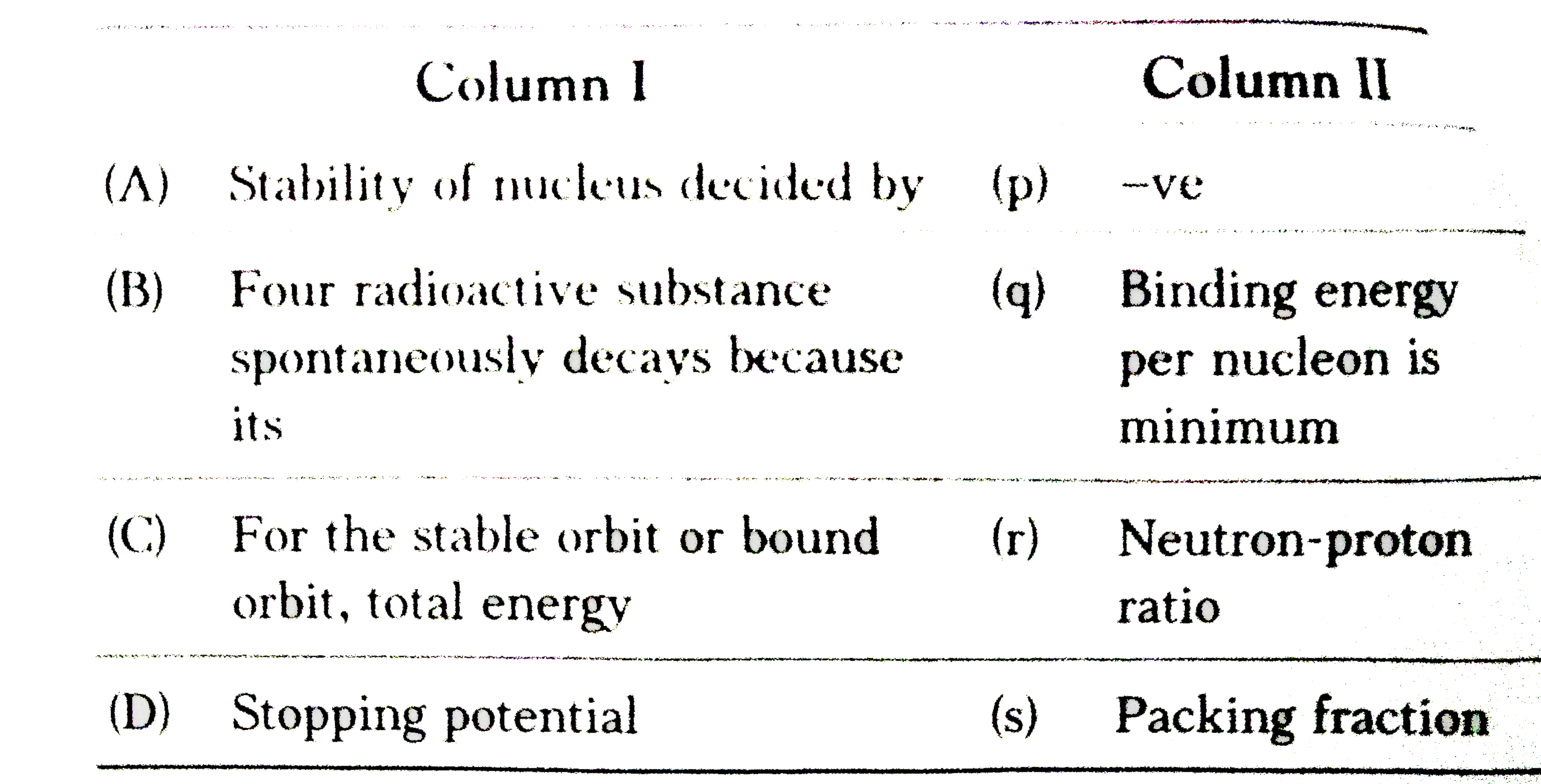
View SolutionMatch the terms column-I with column-II
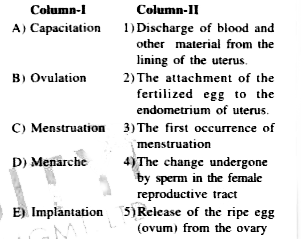
View SolutionMatch the terms of column I with those of column II.
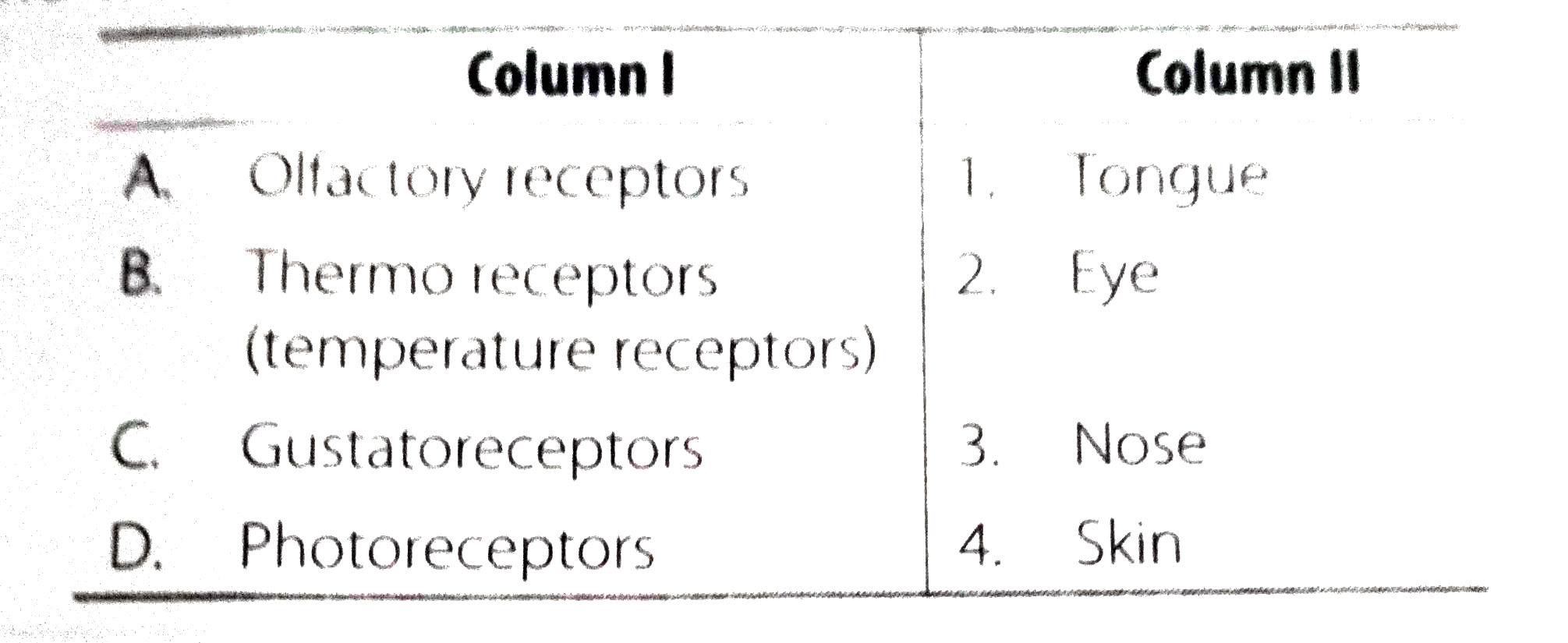
View SolutionMatch the given compounds in Column-I with their appropriate descriptions given in Column II.
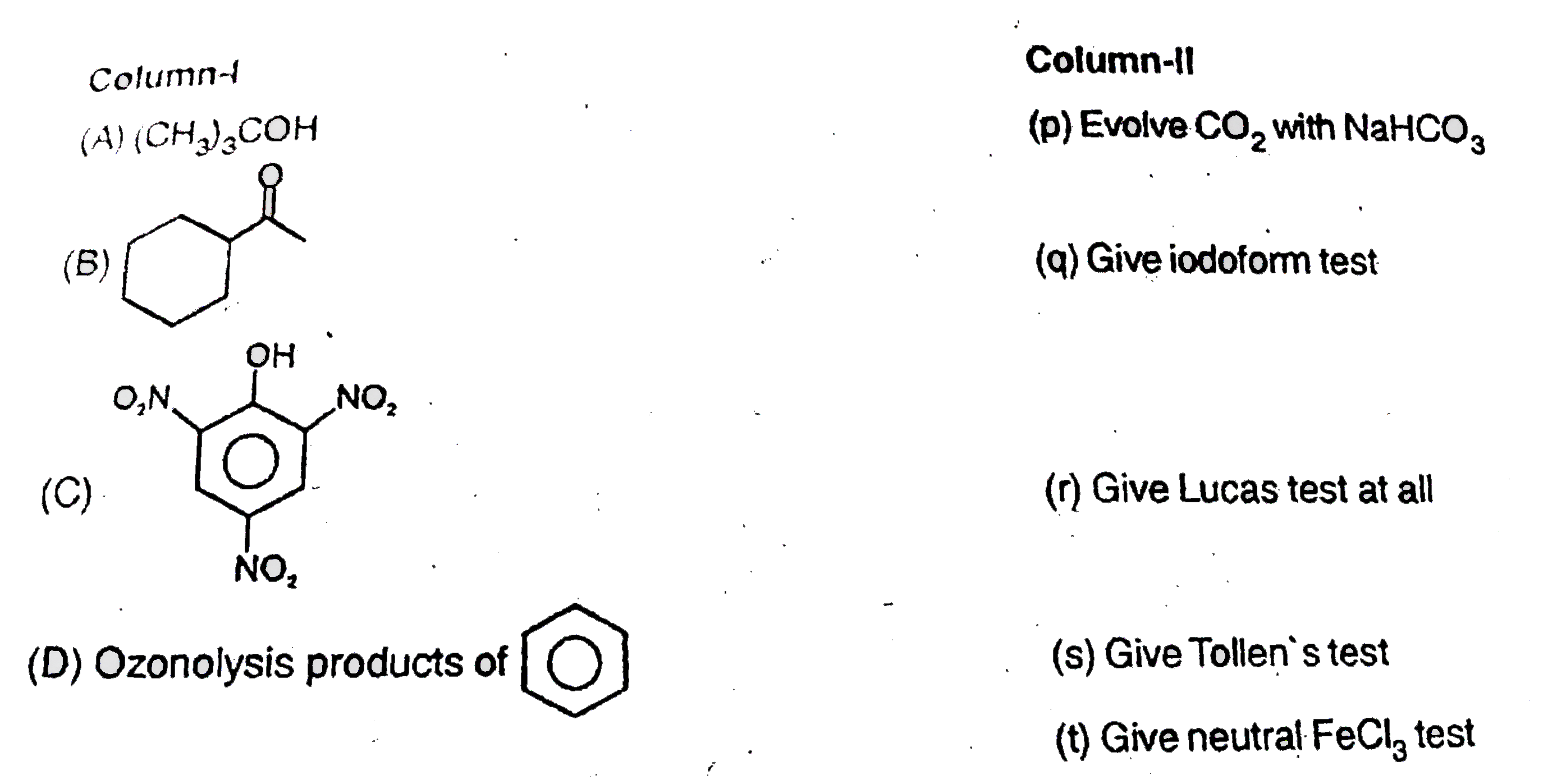
View Solution

